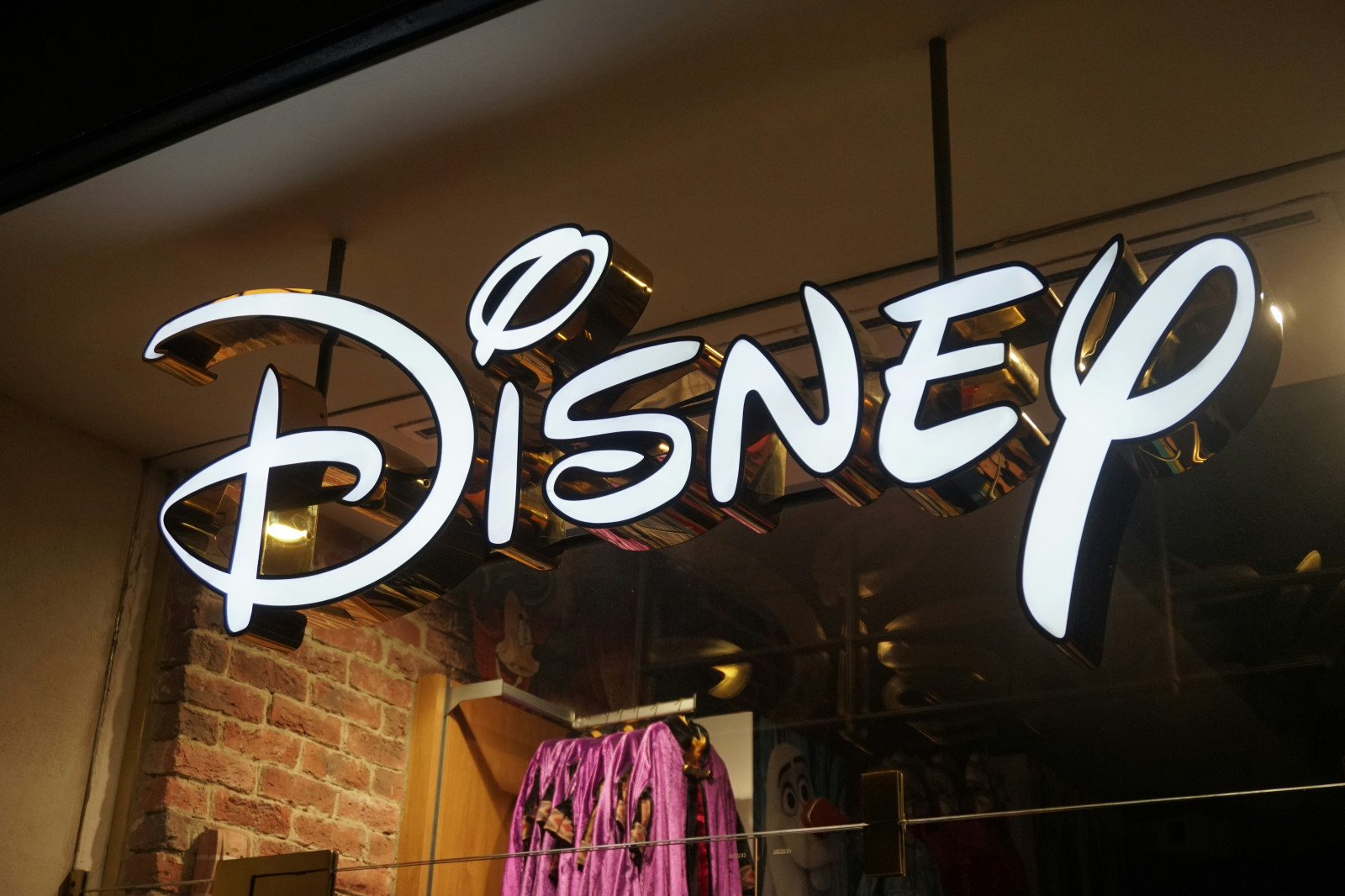Disney FY 2019 results – The final sanity check before everything changes

Photo: Kéoma Oran

We are now less than a week away from possibly the most important day in Disney’s 21st century history, as November 12th is when its direct to consumer (D2C) service Disney+ goes live. While we will not have meaningful numbers come through until the end of the first calendar quarter of 2020, the weight of expectation on the iconic media powerhouse is unprecedented and today’s announcement is the last time before their bullish projections for domestic and international growth for the service start to mesh with real hard engagement metrics.
Yesterday’s results were the final time that Disney will be judged by investors as a pure-play entertainment business. In three months’ time, its ability to deliver upon its D2C ambitions will be front and centre for analysts.
Next week the honeymoon period ends, and Disney will have to prove that it is capable of flipping the Netflix and Amazon model of being a tech company that does media by becoming a media company that can truly do tech. All this is not happening in a vacuum, with Apple TV+ launched last week and HBO Max and Peacock due to launch in the second quarter of 2020 – the competition is getting stronger, and in an era of peak attention the fight for audience share will be fierce.
From a position of strength, Disney is now facing the economic realities of D2C
Full-year (FY) revenues for Disney are up, with total revenues up 17% to $69.6 billion. Of this, the new direct to consumer and international division accounted for $9.3 billion, up from $3.4 billion following the inclusion of all Hulu’s operating results after Disney gained majority control of Hulu this year, and the absorption of the Star India assets following on from the 21CF acquisition closing in March 2019. However, the year-on-year (YoY) losses for the division increased by 250% to $1.8 billion, with losses doubling in the previous quarter alone – these losses would have been higher without the inclusion of Star India revenues. More concerning for Disney, YoY free cashflow fell by $8.3 billion to $1.1 billion. While the majority of this change is attributable to tax obligations arising from the 21CF deal and the subsequent regional sports network sales, there were other secular drivers also at play. Lower Q4 segment operating incomes in the broadcasting division resulted from reduced ABC Studio programme sales, combined with an increase in sports programming costs for ESPN and the success of the studio entertainment division being partially offset by the underperformance of the recently acquired 21CF assets. Finally the negative impact of exposure to the current instability in Hong Kong led to a tempering of the Parks, Experiences and Products segment which accounts for 38% of group revenues – 2.3 times greater than the Studio Entertainment segment revenues for FY 2019.
Featured Report
Defining entertainment superfans Characteristics, categories, and commercial impact
Superfans represent a highly valuable yet consistently underleveraged audience segment for the entertainment industry. What drives this disconnect is the fact that – despite frequent anecdotal use of the term – a standardised, empirical definition remains absent, preventing companies from systematically identifying, nurturing, and monetising th...
Find out more…Overall operating income for the year actually declined from September 2018 to 2019 by 5%, reflecting the increased reach and cost of servicing Disney’s varied business areas.
D2C is therefore approaching an existential bet on the future of the business in the on-demand world, where peak attention requires differentiation and challenging pricing (Disney+ at $6.99 standalone and $12.99 including the US-only Disney+, ESPN+ and Hulu package) will only generate $7 billion in revenues by FY 2024 with the current company projections for 30 million domestic and 60 million international subscribers. For Disney+, this by itself does not even cover the lost free cashflow for 2019.
An increase in the pricing model therefore seems imperative for future sustainability of the Disney D2C model; either way, next week the Disney direct to consumer bet begins in earnest.

The discussion around this post has not yet got started, be the first to add an opinion.